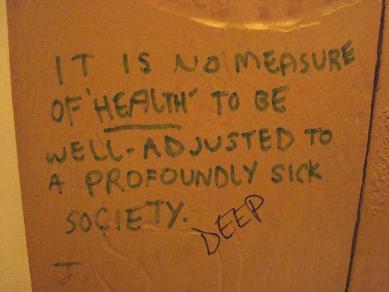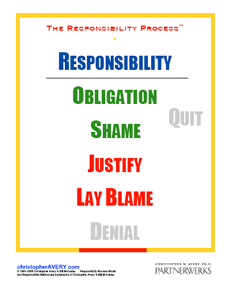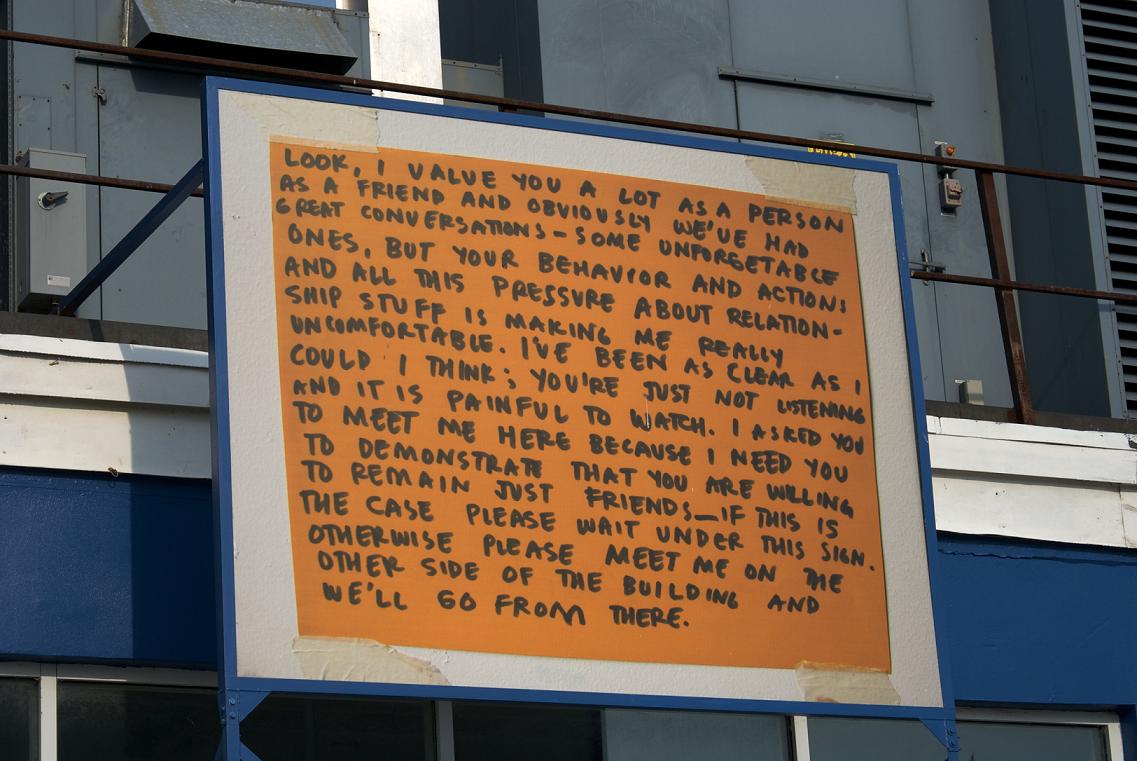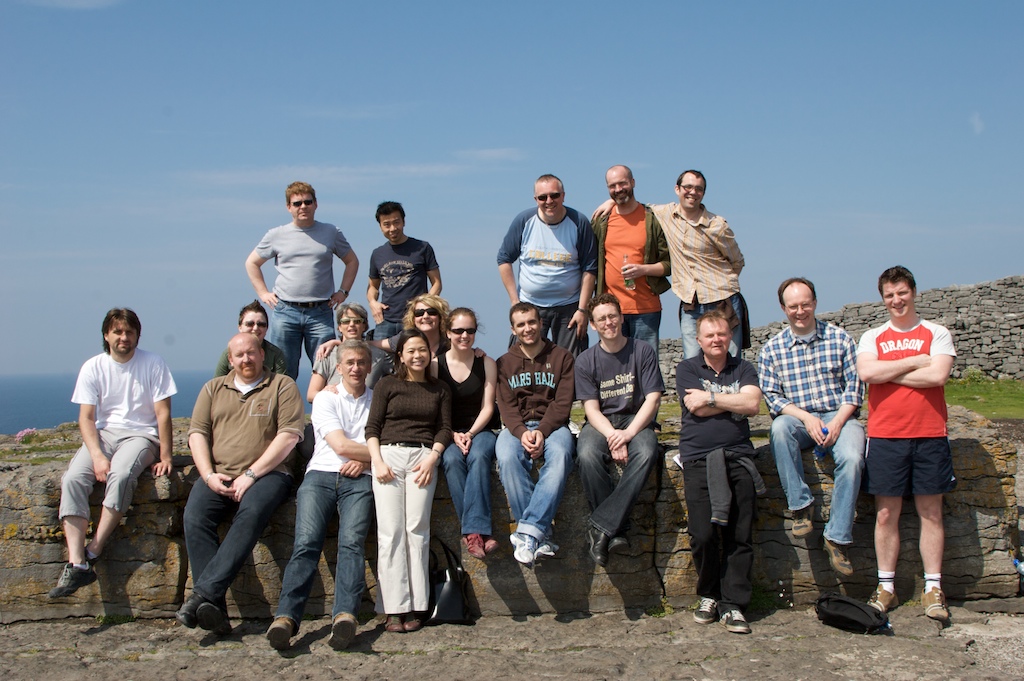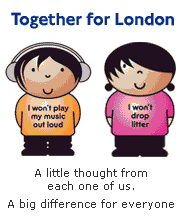Reader to Writer – Yet another comic Agile moment
M: I’ve read your blog.
P: What do you think about it?
M: I’m not sure if I’ve got the right word for it. (Long pause)
P: Go on.
M: What I like about it is that I can tell you’re obsessive about what you do.
P: (Stunned silence. Then) Thank you for the feedback.
Just Blog It!
To be a blogger, you have to blog. Here’s how to create a blog in less time than it takes to order a beer in a crowded saloon on a Friday night:
1. Ask yourself: ‘What are my interests or reasons for blogging?’ Write down each thought or idea on a separate mini Post-it. [3 mins]
2. Review each Post-it by thinking out loud and elaborating on the reasons why you wrote it down. [5 mins]
3. Pick the Post-it that makes you feel most energised just thinking about it. This forms the ‘hook’ that will keep you writing as well as attract visitors to your blog. Let’s call this the Hook Post-it. [1 min]
4. Talk about the Hook Post-it some more. After all, it’s special. Why does it make you feel energised? Where did you first come across the thought or idea? Why’s it important to you? [2 mins]
5. Pick one or two or three coherent words associated with your Hook Post-it. Congratulations! You now have the title and theme for your blog. [1 min]
6. Select a free blog provider – for instance, www.blogger.com or www.wordpress.com. (I prefer using wordpress because it generates cleaner HTML markup than blogger. Cleaner HTML means a better reading experience for your readers who use feed readers.) [1 min]
7. Register with your chosen blog provider. [1 min]
8. Create a blog with your chosen title. Congratulations again! You’re now the proud owner of your very own blog. [2 mins]
9. Select a particular thought or idea related to your Hook Post-it. Write a sentence or two about it. Don’t overthink it. Just keep writing. [5 mins]
10. Review and preview what you’ve written. [2 mins]
11. Publish it! [5 secs]
12. Send your friends the link to your blog and ask them for feedback. [1 min]
Nice To Haves
- Add tracking to your blog so that you can see how many visitors you get and where they come from. Google Analytics provides pretty, graphical data. The statistics will spur you on to write some more. If you’re using wordpress, go to Dashboard | Blog Stats (which uses Google Analytics behind the scenes).
- Why not buy your own domain name? These days, a domain name is cheap as chips and you can get website and email forwarding for free so you can impress your friends with a personalised email address. If you want to remove ‘wordpress’ from your blog URL, you can buy the domain name and full mapping from wordpress themselves.
To blog or not to blog
If you’re still unsure, begin by asking yourself: ‘What’s in it for me?‘

